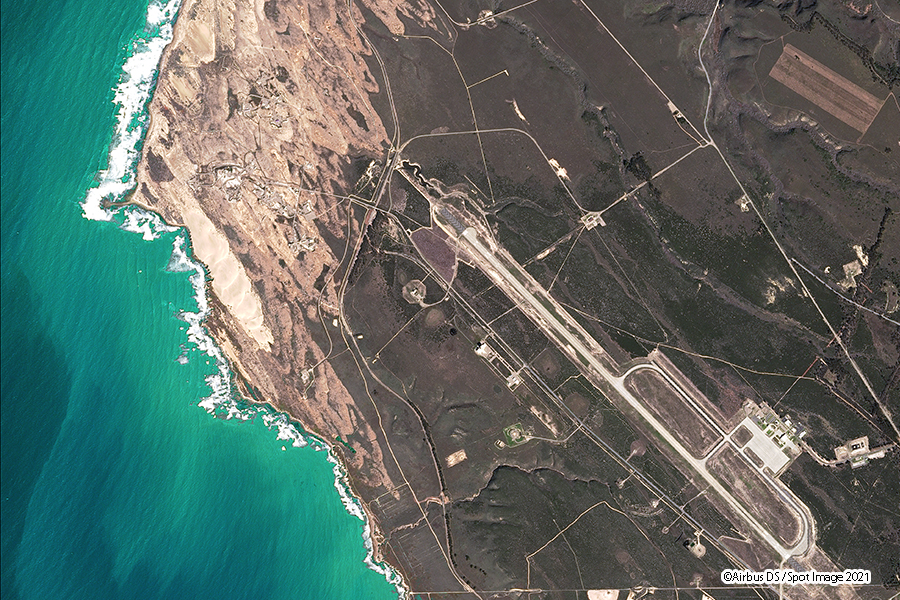Vandenberg Air Force Base2022.07.23

There is the place where Earth Observation began.
On July 23, 1972, the world's first Earth observation satellite, Landsat-1, was launched by the United States from Launch Pad 2 at Vandenberg Air Force Base.
Following the launch of Landsat, the National Space Development Agency of Japan (now the Japan Aerospace Exploration Agency (JAXA)) established the Earth Observation Center (EOC) in Hatoyama, Saitama Prefecture in 1978, and it began directly receiving Landsat-2 and Landsat-3 data the following year. The satellite development program continued, and the launch of the ocean observation satellite MOS-1 (Momo-1) in 1987 marked the beginning of the full-fledged era of earth observation.
RESTEC also started satellite data distribution services in 1978 and satellite operation support services at the EOC in 1979 and has been striving to contribute to social and economic development and improvement of people's welfare through remote sensing.
The Landsat program continues today, with Landsat-9 launched in September 2019. The data from this 50-year continuous observation of the Earth's surface is provided to national and international researchers and institutions for use in various fields, including agriculture, forestry, geology, geography, mapping, environmental pollution, oceanography, and meteorology.
In addition, many countries and companies have launched satellites equipped with a wide variety of sensors, and the various information obtained from satellites is utilized by society.
| Location | Vandenberg Air Force Base(United States of America) |
|---|---|
| Satellite / Satellite imaging product | SPOT-7 |
